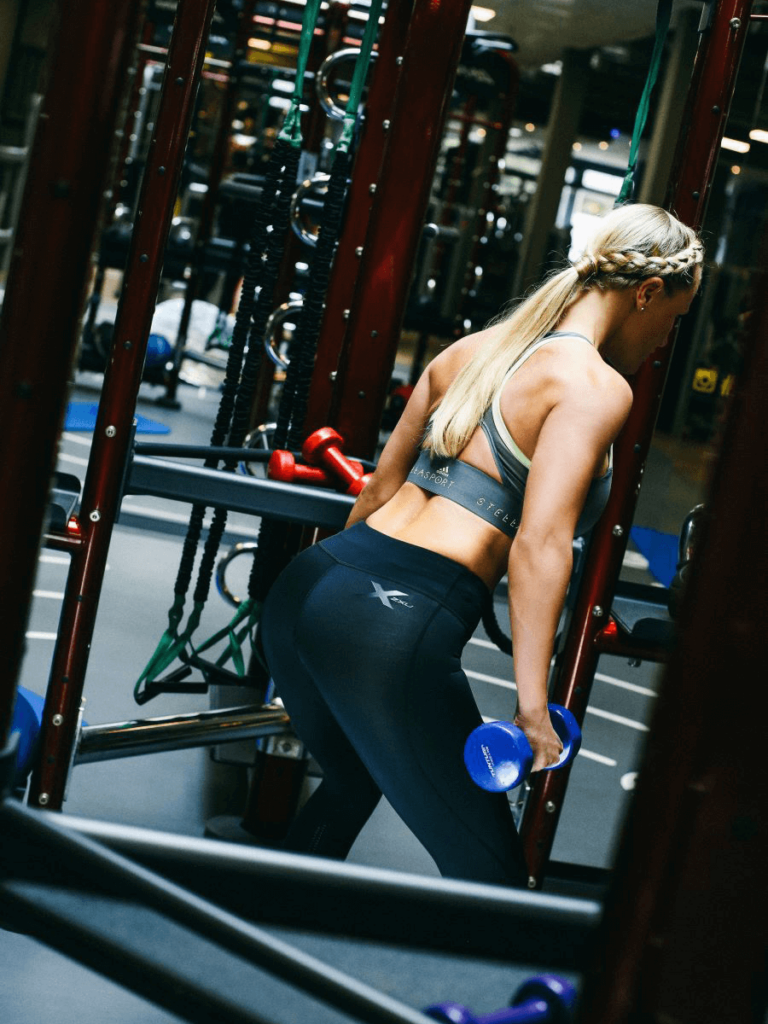Mastering the Art of Bodyweight Training: A Comprehensive Guide
Introduction
In recent years, bodyweight training has become increasingly popular as a low-cost, effective, and convenient way to get fit. With no need for expensive gym memberships or equipment, all you need is your own body weight and some space to move. Whether you’re looking to build strength, improve flexibility, or increase endurance, bodyweight training can help you achieve your fitness goals.
In this article, we’ll explore the art of bodyweight training in detail, from the basics to advanced techniques. We’ll cover the benefits and drawbacks of this type of training, provide some tips on how to get started, and answer some common questions about bodyweight training.
So, get ready to sweat, because we’re about to dive into the world of bodyweight training!
The Basics of Bodyweight Training
Before we get into the nitty-gritty of advanced techniques, let’s start with the basics of bodyweight training.
What is Bodyweight Training?
Bodyweight training, also known as calisthenics, is a form of exercise that uses only the weight of your body to build strength, endurance, and flexibility. These exercises can be done anywhere, anytime, with no equipment required.
Benefits of Bodyweight Training
There are numerous benefits to bodyweight training, including:
- Cost-effective: No gym membership or expensive equipment needed
- Convenience: Can be done anywhere, anytime
- Improved strength: Builds strength in a functional way, which can improve overall fitness and performance in daily activities
- Increased flexibility: Many bodyweight exercises require a full range of motion, which can improve flexibility and reduce the risk of injury
- Improved cardiovascular endurance: Many bodyweight exercises are also cardiovascular in nature, which can improve overall endurance
Drawbacks of Bodyweight Training
While there are many benefits to bodyweight training, there are also some drawbacks to consider:
- Limited resistance: Unlike weightlifting, bodyweight exercises have a limited amount of resistance, which can limit the amount of strength you can build
- Plateauing: Once you become proficient at bodyweight exercises, it can be difficult to continue progressing without adding external weight or increasing the difficulty of the exercises
- Risk of injury: As with any type of exercise, there is a risk of injury if proper form and technique are not used
How to Get Started with Bodyweight Training
If you’re new to bodyweight training, here are some tips to help you get started:
- Start with the basics: Master the basic bodyweight exercises such as push-ups, squats, lunges, and planks before moving on to more advanced techniques
- Focus on proper form: Proper form is key to preventing injury and maximizing the benefits of bodyweight training
- Incorporate progressions: Once you’ve mastered the basics, incorporate progressions such as increasing reps, decreasing rest time, and adding complexity to the exercises
- Mix it up: Keep your workouts interesting by mixing up your routine and trying new exercises
Advanced Bodyweight Training Techniques
Once you’ve mastered the basics of bodyweight training, it’s time to take your workouts to the next level with some advanced techniques.
Plyometrics
Plyometrics, also known as jump training, is a type of bodyweight training that focuses on explosive movements. These exercises typically involve jumping, bounding, and other high-impact movements. Plyometrics can help improve power


